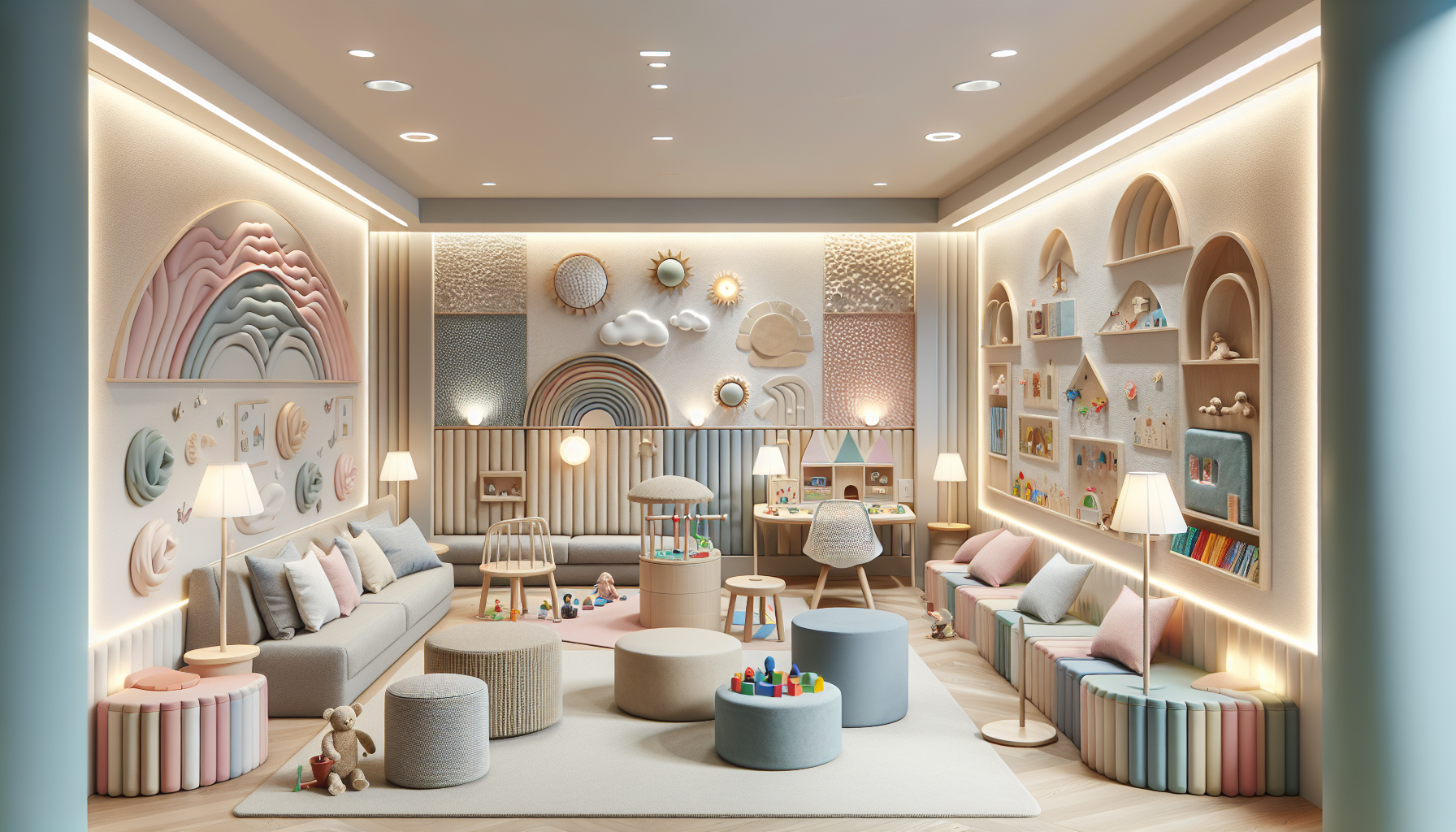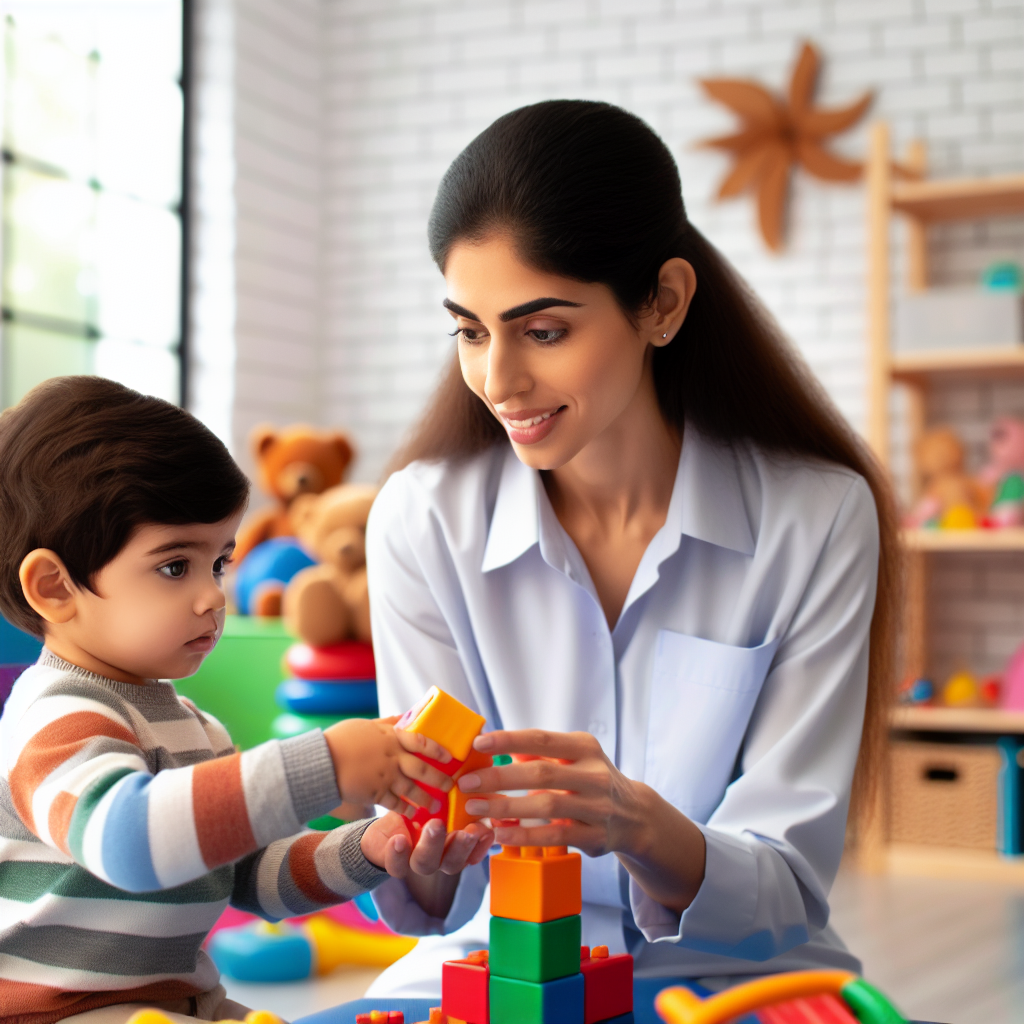Sensory health plays a critical role in the overall development and well-being of children. Pediatric care, therefore, must extend beyond the traditional focus on physical health to include a child’s sensory experiences. As children grow and develop, their sensory systems—taste, touch, smell, vision, hearing, balance (vestibular), and body awareness (proprioception)—are continually maturing. Disruptions in sensory processing can affect a child’s ability to navigate their environment, learn new skills, and engage in social interactions. This comprehensive article explores the multifaceted aspects of sensory health in pediatric care, offering insights into how caregivers, educators, and healthcare professionals can foster sensory-friendly environments and practices.
Understanding Sensory Health in Children
Sensory health encompasses the efficient processing and integration of sensory information by the nervous system. For many children, sensory integration occurs naturally through typical childhood activities. However, some children face challenges with sensory processing, which can manifest in various forms, such as hypersensitivity (over-responsiveness) or hyposensitivity (under-responsiveness) to sensory stimuli. Recognizing and addressing these differences is crucial for pediatric care providers.
The Connection Between Sensory Health and Overall Development
Sensory experiences are foundational to a child’s growth. They influence cognitive development, motor skills, emotional regulation, and social interactions. For instance, a child with auditory processing disorder may struggle with following verbal instructions, impacting their academic performance and social communication. It’s essential for pediatric healthcare providers to assess and consider sensory health as part of a comprehensive approach to child development. For more in-depth information on how sensory health is integral to a child’s growth, readers can explore the Sensory Health section on Avix Health.
Creating Sensory-Friendly Environments
A sensory-friendly environment minimizes overstimulation and provides a safe space for children to process sensory information at their own pace. This can include modifications in lighting, acoustics, and the use of sensory-friendly materials. Parents and educators can access practical tips on creating such spaces in the article on Sensory Friendly Home Renovation Tips.
Sensory Gardens: An Oasis for Sensory Health
Sensory gardens are designed to provide an immersive sensory experience through a thoughtful selection of plants, textures, and interactive elements. These gardens can be therapeutic for children with sensory processing challenges, offering them a tranquil environment to explore and learn. Discover the benefits and how to create a sensory garden in the article, Exploring the Benefits of Sensory Gardens.
Classroom Strategies for Sensory Needs
Educators play a pivotal role in supporting children with sensory processing difficulties. Implementing strategies like sensory breaks, using sensory tools, and adapting teaching methods can significantly enhance the learning experience for these students. For a comprehensive guide on aiding sensory needs in educational settings, refer to Strategies for Supporting Sensory Needs in the Classroom.
Addressing Specific Sensory Processing Disorders
Auditory Processing Disorder (APD)
Children with APD may have normal hearing but struggle to process the information they hear. This can lead to difficulties in understanding speech in noisy environments, following directions, and discerning similar sounds. Treatment often includes auditory training and environmental modifications. For further reading on APD and its implications, consider the insights provided in Auditory Processing Disorder and Its Impact on Daily Life.
Visual Processing Issues
Visual processing issues are not related to the acuity of vision but rather how visual information is interpreted by the brain. These issues can affect a child’s reading, writing, and coordination. Interventions may include vision therapy and accommodations in learning materials. External resources on this topic can be found at Understood.org, which offers a detailed understanding of visual processing issues.
Vestibular and Proprioceptive Health
The vestibular system contributes to balance and spatial orientation, while proprioception provides body awareness. Children with vestibular or proprioceptive difficulties may appear clumsy or have trouble with motor skills. Occupational therapy with a focus on sensory integration can be beneficial. A valuable resource on this subject is the American Occupational Therapy Association, which provides comprehensive guidelines on occupational therapy for sensory integration.
Sensory Integration Techniques in Therapy
Sensory integration therapy, often administered by occupational therapists, helps children who have difficulty processing sensory input. This form of therapy uses play activities to change how the brain reacts to touch, sound, sight, and movement. To understand the role of sensory integration in therapy, read about The Benefits of Sensory Integration in Occupational Therapy.
Emerging Trends in Sensory Health Care
Medical and educational professionals continue to seek innovative ways to support sensory health in children. Emerging trends include advancements in sensory equipment, the development of sensory health programs for schools, and integration of technology in therapy. The article Emerging Trends in Sensory Health Care provides a glimpse into the future of sensory health practices.
Conclusion
Understanding and supporting sensory health in pediatric care is essential for the holistic development of children. By creating sensory-friendly environments, addressing specific sensory processing disorders, and staying abreast of emerging trends in care, we can ensure that all children have the opportunity to thrive. For those seeking to delve deeper into the nuances of sensory health, Avix Health offers a treasure trove of resources that can guide and inform both caregivers and professionals alike.



